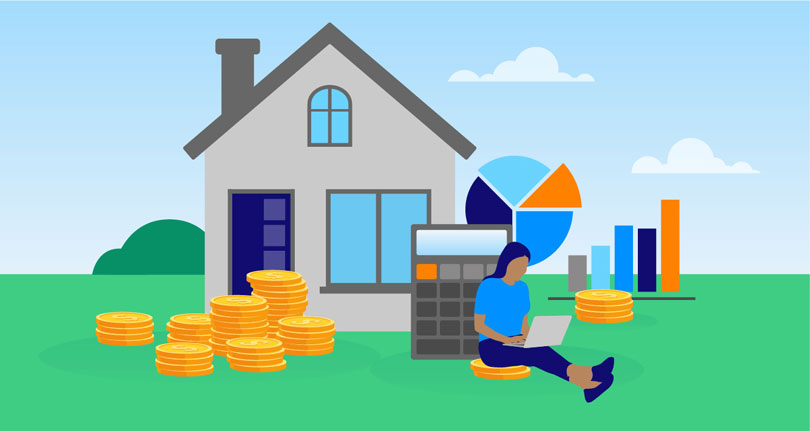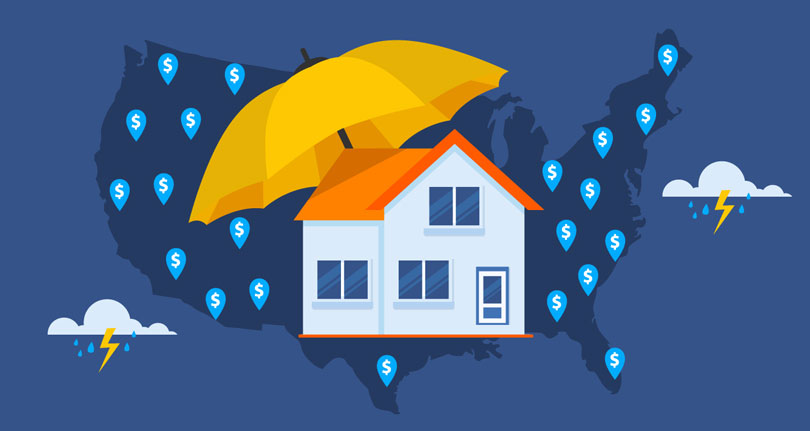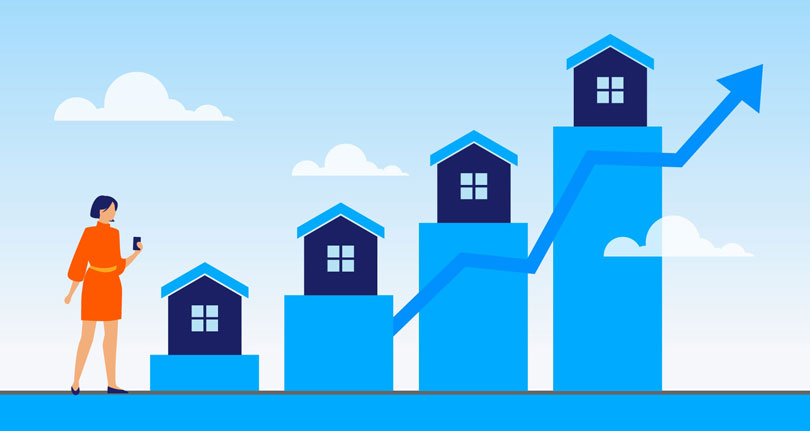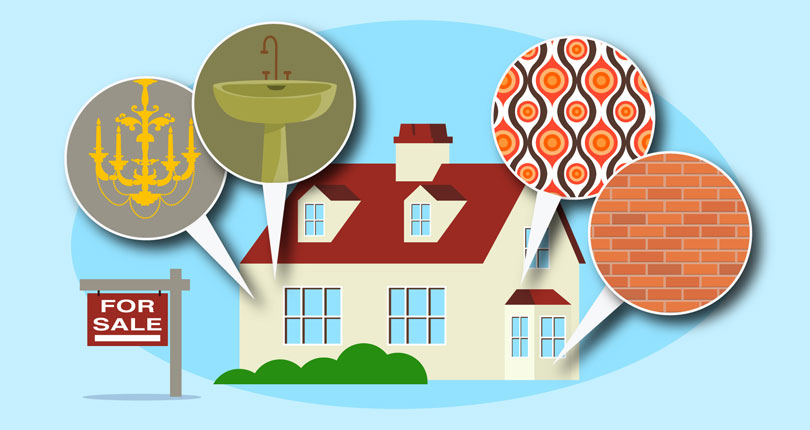Mortgage delinquencies and defaults happen when borrowers can’t afford to pay their mortgage or other housing-related payments. This article looks into some of the key statistics surrounding mortgage delinquencies and defaults, and how things have changed over time.
Key Statistics
- During the first quarter of 2022, 78,271 properties in the U.S. had a foreclosure filing, up by 39% from the previous quarter.
- There were 33,333 U.S. properties with foreclosure filings in March 2022, an increase of 181% from the same time in 2021.
- California had the most foreclosure filings in the first quarter of 2022, with 8,243, and South Dakota had the fewest with 22.
- In the second quarter of 2020, mortgage delinquencies hit a rate of 8.22%, the highest rate since the 2010 mortgage crisis.
- Mortgages in 30-89 days of delinquency hit a low of 0.7% in 2021, a 69.5% decrease from the rate of 2.3% in 2015.
- Mississippi had the highest mortgage delinquency rate in 2021 at 1.8% for 30-89 day delinquencies, and Oregon had the lowest at 0.3%.
What is mortgage delinquency?
Mortgage delinquency means being behind on mortgage payments. This usually refers to borrowers who are at least 30 days overdue on making at least one mortgage payment.
If you are in mortgage delinquency for an extended period of time, your loan can go into default, and your lender can take steps to foreclose on your home.
Mortgage delinquency rates in the U.S.
Mortgage delinquencies saw a continuous downward trend across the U.S. from 2010 to 2019. However, in the second quarter of 2020, the mortgage delinquency rate hit 8.22% due to the effects of the COVID-19 pandemic. This was just one percentage point lower than the 2010 peak of 9.3% during the subprime mortgage crisis. [1] U.S. Mortgage Delinquency Rates Since 1990 https://www.statista.com/statistics/205959/us-mortage-delinquency-rates-since-1990/
The percentage of mortgages with payments overdue by 30 days or more stayed relatively high throughout the rest of 2020, but gradually reduced from the peak of 8.22% in the second quarter.
Rates continued to decline in 2021 and 2022, eventually landing at 3.45% in the third quarter of 2022. This was lower than the pre-pandemic rate of 4.36% from the first quarter of 2020.
Source [1] U.S. Mortgage Delinquency Rates Since 1990 https://www.statista.com/statistics/205959/us-mortage-delinquency-rates-since-1990/
Mortgages 30-89 days delinquent
The 30-89 mortgage delinquency rate measures early-stage delinquencies and includes borrowers who have missed one or two mortgage payments. This data can show an early indication of the overall health of the mortgage market.
In the U.S., the percentage of mortgages in 30-89 days of delinquency has been on a steady downward trend since the early 2010s. The steepest decline was in the first half of 2020, where the rate dropped from 2.2% in January to 0.8% in June.
It’s important to bear in mind that the reporting of this data can be affected by public emergencies like the COVID-19 pandemic or natural disasters. This is usually due to under-reporting and changes in the reporting process and may be why statistics show such a steep drop in the 30-89 day delinquencies in the first half of 2020. [2] Mortgages 30-89 Days Delinquent https://www.consumerfinance.gov/data-research/mortgage-performance-trends/mortgages-30-89-days-delinquent/
In 2021, the percentage of mortgages in 30-89 days of delinquency hit a low of 0.7%, down from 2.3% in 2015.
Source [2] Mortgages 30-89 Days Delinquent https://www.consumerfinance.gov/data-research/mortgage-performance-trends/mortgages-30-89-days-delinquent/

How to Rent with Bad Credit
Leasing an apartment or home
with bad credit can be a challenge,
but if you follow the right steps
some landlords may be willing to
work with you.
Download our guide
Mortgage delinquency rates by state
Mortgage delinquency rates in all states have been reducing consistently since 2009. The data below shows the percentage of mortgages in each state that were between 30 and 89 days delinquent in September 2021, and the same periods for 2020 and 2019.
Mississippi had the highest mortgage delinquency rate in 2021 at 1.8%. The state with the lowest percentage of mortgages in 30-89 day delinquency was Oregon at 0.3%. The average across the U.S. in September 2021 was 0.7%.
| State |
2019 |
2020 |
2021 |
| United States Avg |
1.9% |
0.9% |
0.7% |
| Alabama |
2.9% |
1.3% |
1.3% |
| Alaska |
1.6% |
0.7% |
0.8% |
| Arizona |
1.6% |
0.7% |
0.6% |
| Arkansas |
2.3% |
1.4% |
1% |
| California |
1.2% |
0.5% |
0.4% |
| Colorado |
1.1% |
0.6% |
0.5% |
| Connecticut |
2.2% |
0.8% |
0.8% |
| Delaware |
2% |
1% |
0.9% |
| District of Columbia |
1.6% |
0.5% |
0.5% |
| Florida |
2% |
0.8% |
0.7% |
| Georgia |
2.5% |
1% |
0.9% |
| Hawaii |
1% |
0.4% |
0.4% |
| Idaho |
1.2% |
0.6% |
0.7% |
| Illinois |
1.9% |
0.8% |
0.8% |
| Indiana |
2.3% |
1.2% |
1% |
| Iowa |
1.5% |
0.8% |
0.8% |
| Kansas |
1.7% |
1% |
0.8% |
| Kentucky |
2.2% |
0.9% |
0.9% |
| Louisiana |
3.6% |
1.5% |
1.4% |
| Maine |
2% |
0.8% |
0.9% |
| Maryland |
2.2% |
0.9% |
0.8% |
| Massachusetts |
1.5% |
0.7% |
0.5% |
| Michigan |
1.9% |
0.9% |
0.8% |
| Minnesota |
1.3% |
0.6% |
0.5% |
| Mississippi |
4.2% |
1.8% |
1.8% |
| Missouri |
1.7% |
1% |
0.8% |
| Montana |
1.4% |
0.6% |
0.6% |
| Nebraska |
1.4% |
0.8% |
0.6% |
| Nevada |
1.4% |
0.6% |
0.5% |
| New Hampshire |
1.5% |
0.7% |
0.6% |
| New Jersey |
2% |
0.8% |
0.7% |
| New Mexico |
2% |
1% |
1% |
| New York |
1.8% |
0.8% |
0.7% |
| North Carolina |
2.3% |
1.1% |
0.8% |
| North Dakota |
1.1% |
0.6% |
0.6% |
| Ohio |
1.9% |
1% |
0.9% |
| Oklahoma |
2.2% |
1.2% |
1.1% |
| Oregon |
0.9% |
0.4% |
0.3% |
| Pennsylvania |
2.5% |
1.1% |
1% |
| Rhode Island |
1.8% |
0.8% |
0.7% |
| South Carolina |
2.6% |
1.2% |
1.2% |
| South Dakota |
1.1% |
0.5% |
0.6% |
| Tennessee |
2.4% |
1.1% |
0.9% |
| Texas |
2.6% |
1.1% |
1% |
| Utah |
1.5% |
0.6% |
0.6% |
| Vermont |
1.5% |
0.6% |
0.5% |
| Virginia |
1.8% |
0.8% |
0.7% |
| Washington |
1% |
0.4% |
0.4% |
| West Virginia |
2.9% |
1.7% |
1.5% |
| Wisconsin |
1.2% |
0.7% |
0.6% |
| Wyoming |
1.8% |
1.1% |
1% |
Source [2] Mortgages 30-89 Days Delinquent https://www.consumerfinance.gov/data-research/mortgage-performance-trends/mortgages-30-89-days-delinquent/
What does it mean to default on a mortgage?
A mortgage default is what happens when the borrower is in delinquency for an extended period of time.
Although a mortgage default usually happens when you stop paying your monthly repayments, there are a few other reasons that your mortgage could default. These include not paying your homeowner’s insurance or property taxes, transferring the property to a new owner without telling your lender, or causing severe damage to the property. [3] How Do You Default on a Mortgage https://www.experian.com/blogs/ask-experian/what-to-know-about-mortgage-default/
What happens if your home goes into default?
When you stop paying your mortgage, the lender has the right to begin possession action which could lead to you losing your home. Before this stage, lenders will usually send a letter to give you a chance to catch up on the outstanding payments.
Foreclosure of a home
If you aren’t able to pay the outstanding balance, sometimes the next step is for the lender to foreclose on your home. This means the home will be seized and put up for sale in order to recover the outstanding balance. This is a complex process with many steps which will vary from state to state and depending on whether a state is judicial or non-judicial. You should check the rules for your state to see the full details of how this process works.
Federal law requires lenders to wait 120 days before they start the process of foreclosing on a home with a mortgage default. Once the lender completes the foreclosure, you’ll have to leave your home and they will take control of the property.
House foreclosure rates in the U.S.
In the first quarter of 2022, there were 78,271 properties in the U.S. with a foreclosure filing, an increase of 39% from the previous quarter and an increase of 132% from the previous year.
There were 33,333 U.S. properties with foreclosure filings in March 2022, an increase of 29% from February 2022, and an increase of 181% from the same time in 2021.
When comparing the number of home foreclosures across the states, California had the most in the first quarter of 2022, with 8,243. The state with the fewest homes in foreclosure filings was South Dakota, with just 22.
If we look at the percentage of homes with foreclosure filings compared to the number of housing units per state, New Jersey has the highest rate at 0.131%, followed by Illinois at 0.128%.







